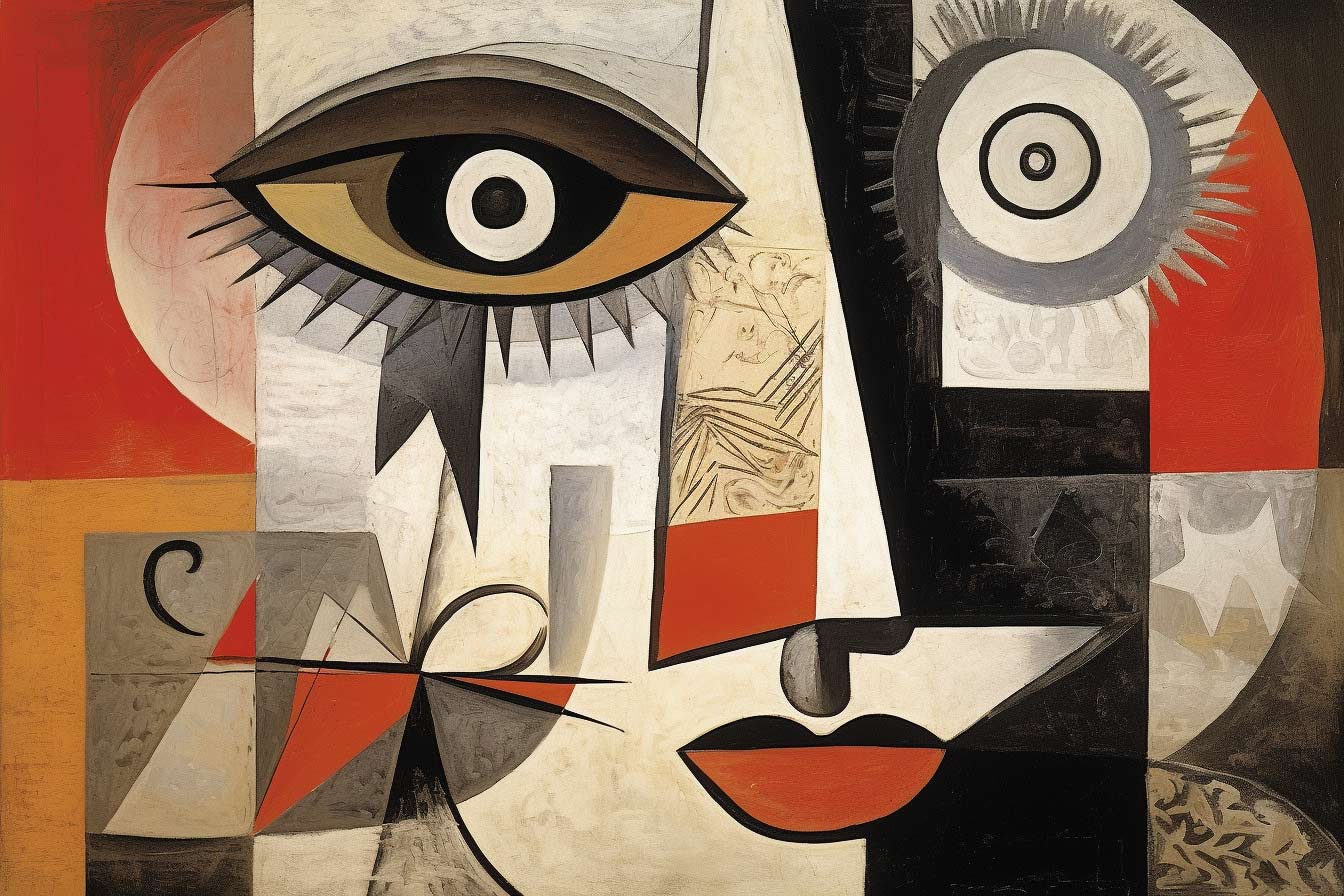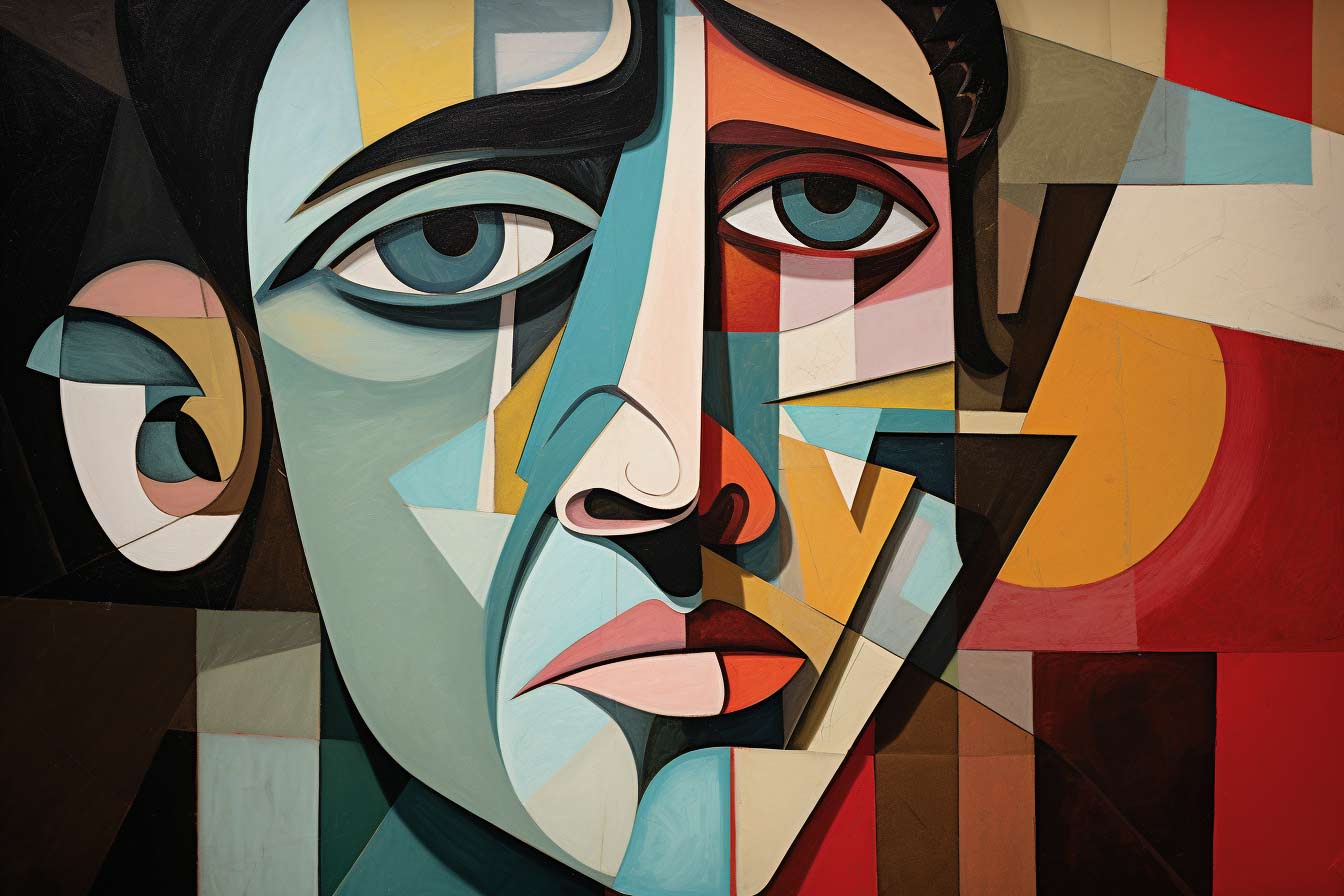Louis Marcoussis: Melding Cubist Artistry with Literary Collaboration
A Painter Born Anew in Parisian Bosom:
In the heart of 1878, the vibrant city of Warsaw witnessed the birth of Ludwik Kazimierz Władysław Markus, who, in the fullness of time and transformative spirit of Paris, would be reborn as Louis Marcoussis. From the historic precincts of Poland to the bustling streets of Paris, Marcoussis’s journey was one of profound metamorphosis, not just in name, but in artistic vision.
Cubism: Viewing the World Through Fragmented Lenses:
As Marcoussis threaded through the Parisian art circles, he became enamoured by the burgeoning movement of Cubism. This novel approach, which shattered the shackles of perspective and fragmented reality into geometric interludes, resonated deeply with Marcoussis. It became his chosen tongue, communicating the complexities and juxtapositions of the modern world.
Literary Symbiosis: When Cubist Canvases Speak in Verses:
What set Marcoussis distinctively apart from his contemporaries was not merely his embrace of Cubism, but how he wove it seamlessly with the threads of literary narratives. His canvases became a playground where art and literature danced in harmonious ballet. This deep-seated love for literature led to collaborations with some of the most illustrious poets and writers of his era.
One finds in Marcoussis’s work, echoes of poetic musings and literary allusions, melded flawlessly with the abstract geometries of Cubism. This blending was more than mere adornment; it was an enriched dialogue between the visual and the verbal, offering viewers an enriched tapestry of experience.
Legacy of a Visionary:
Louis Marcoussis’s genius lay not just in his brushstrokes but in his ability to transcend boundaries. By uniting the realms of Cubist artistry and literary narratives, he crafted a legacy that was both visually arresting and intellectually stimulating.
In the vast mosaic of Cubist pioneers, Marcoussis’s tile gleams with a unique luminance, reminding us of the boundless horizons that art, in all its forms, can help us explore.

